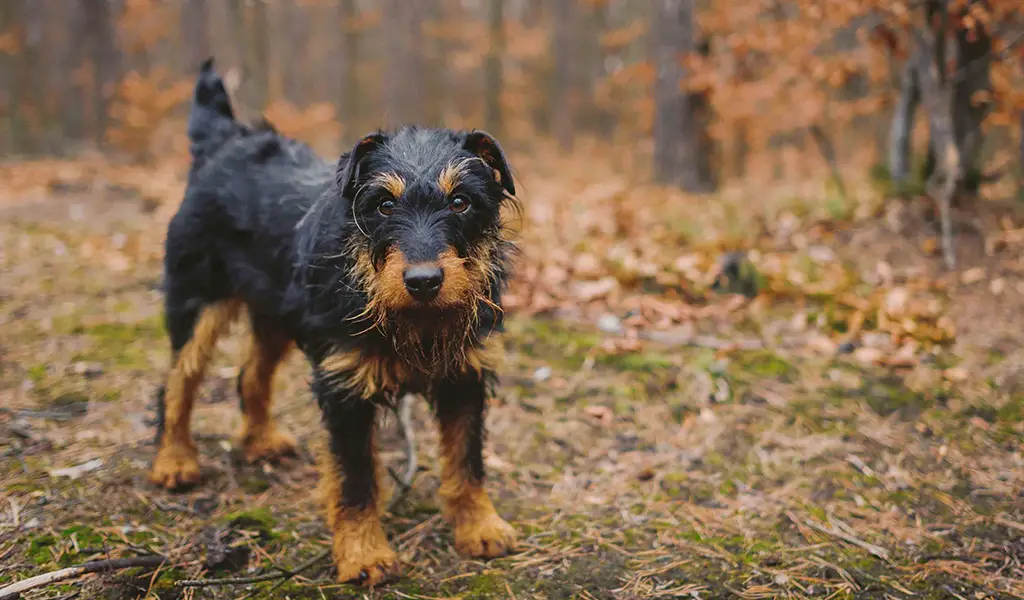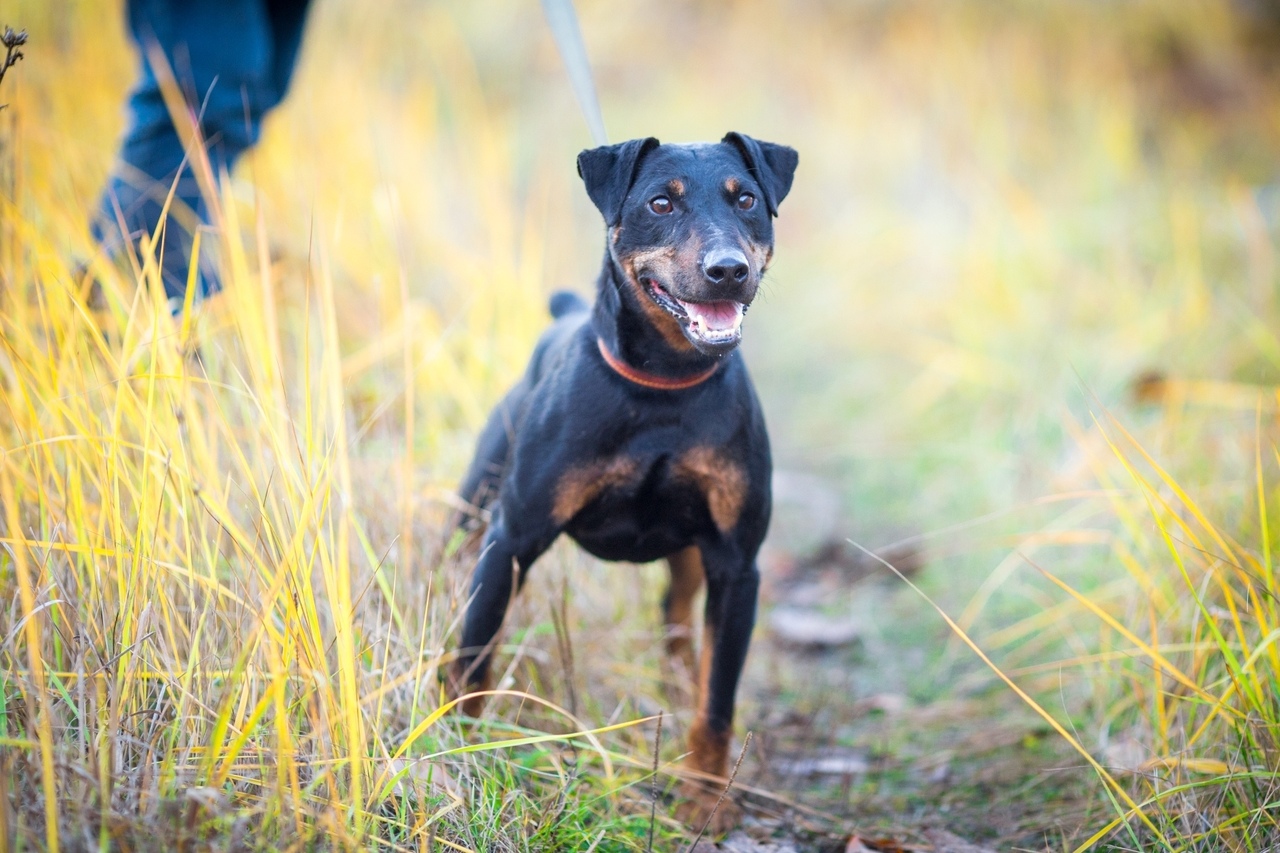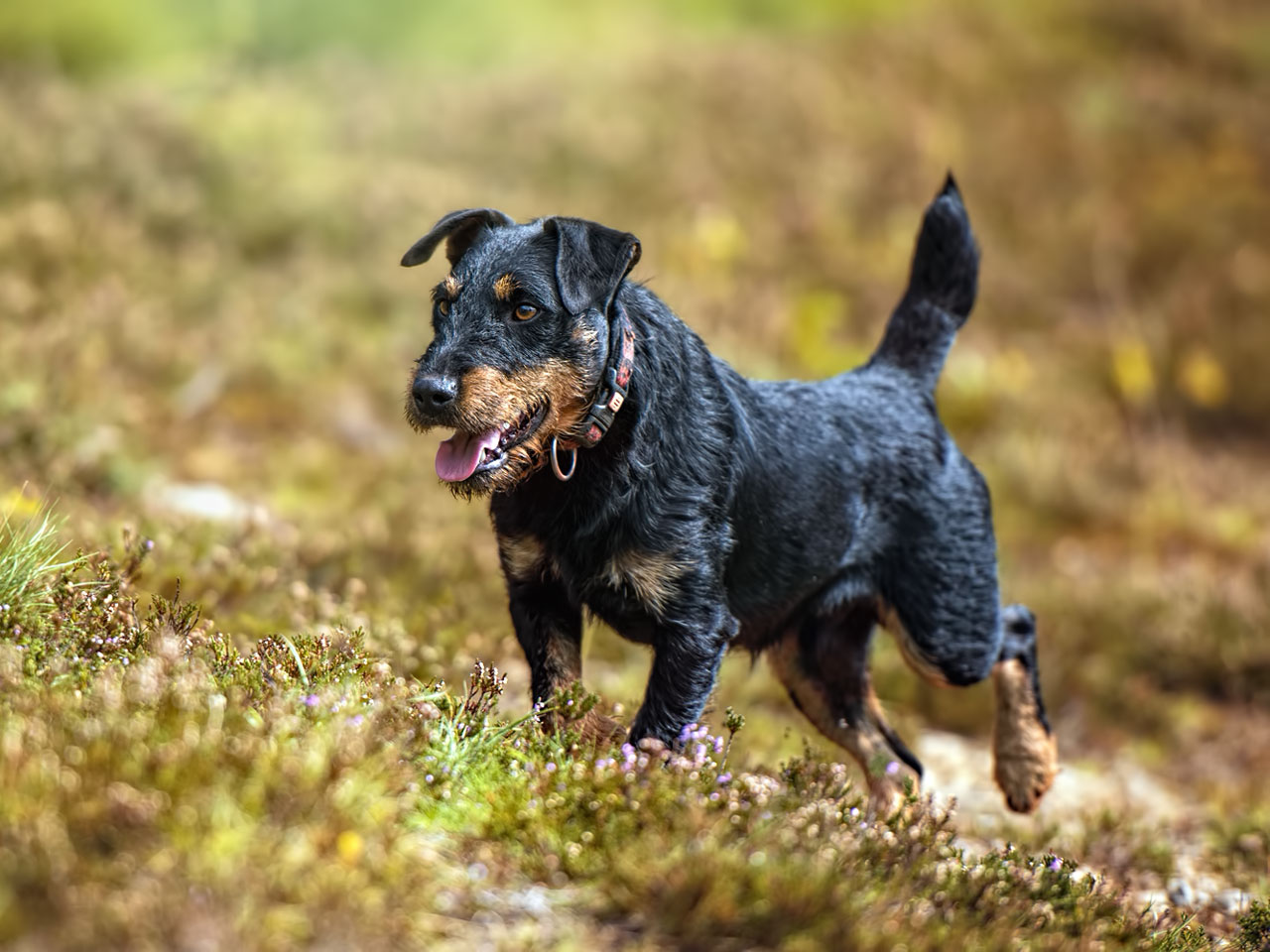The German Jagdterrier is the best friend for fans of burrowing and those who like to show off their furry-feathered trophies. Carried away, tireless, persistent, this reactive pursuer is always aimed at a result, which he often achieves at the cost of his life and health. It is real to control the behavior of a Jagdterrier if you can convince him of your own authority – the breed does not grow fond of affection and tenderness and values exclusively leadership qualities. On the other hand, Jagdterrier is a convinced, monogamous person. If the dog considers you worthy of trust, then this is forever.
#1 The breed was formed at the beginning of the 20th century, when dog breeders fed up with show terriers began to dream of working pets that could bring real benefits.

By that time, European exhibitions were flooded with representatives of the group with an exemplary exterior, but completely unsuitable for work on the beast due to muffled instincts. After the First World War, German specialists began to breed a new, purely hunting a variety of terrier, ideally working in a burrow.
#2 The pioneer in this business was the dog breeder and part-time lover of fox terriers Walter Sangenberg, who was later joined by Rudolf Fries and Karl-Erich Grunewald.

The breeder began his experiments by taking four Fox Terrier puppies from the director of the Munich Zoo Lutz Heck. Spangenberg was not embarrassed that the kids had a vicious black and tan color, since the breeder was going to develop hunting instincts in animals, and not a glamorous appearance. As a result, the matured puppies were mated with black foxes, known for their phenomenal viciousness and tirelessness in pursuing the victim.
#3 In 1926, the first jagdterrier club was opened in Germany, and 12 months later, Sangenberg’s wards began to be exhibited at the exhibition.

At first, the breed was bred by inbreeding (closely related crossing), which did not have the best effect on the health of the offspring. And only in the 20s, dog breeders began to attract more distant relatives to pumping berries - Welsh Terriers and Old English Terriers. After World War II, the breeding of the breed was no longer so active, which was facilitated by the division of Germany into occupation zones. In addition, the breeders of the GDR relied on Sangenberg's breeding research, that is, they continued to breed among themselves Jagdterrier relatives. As a result, the number of dogs quickly recovered, but the number of defective individuals began to grow exponentially.

